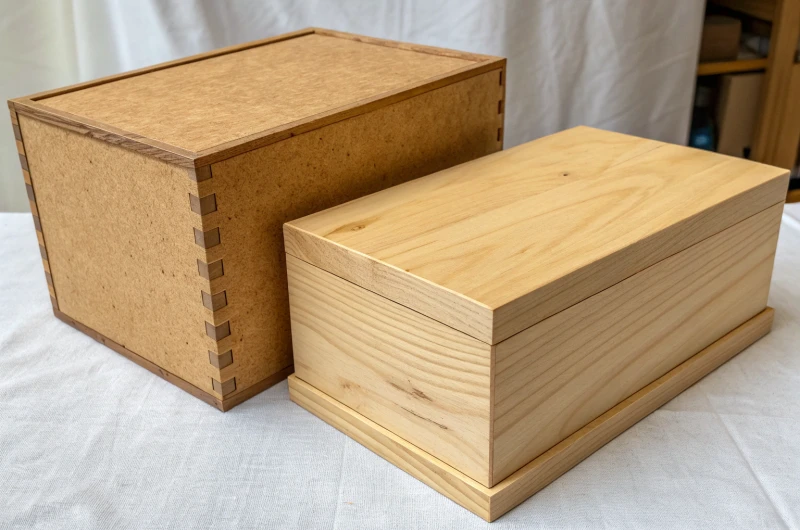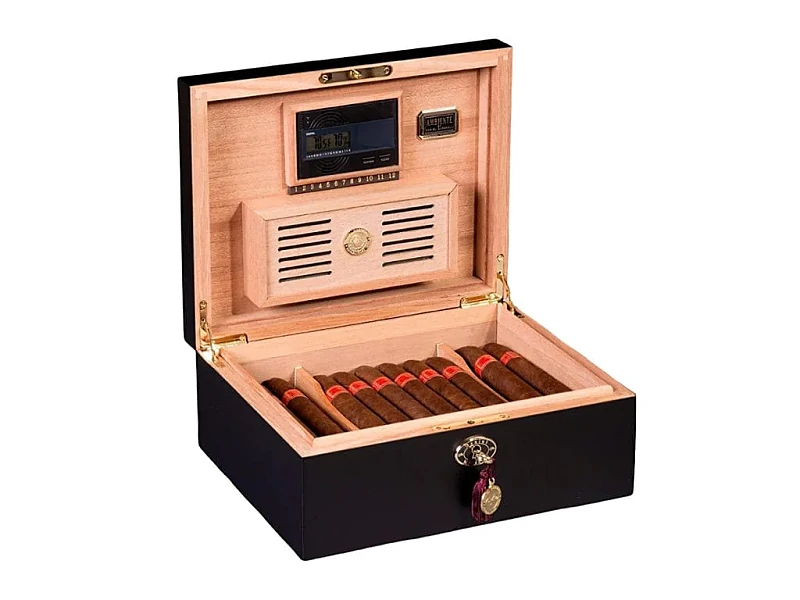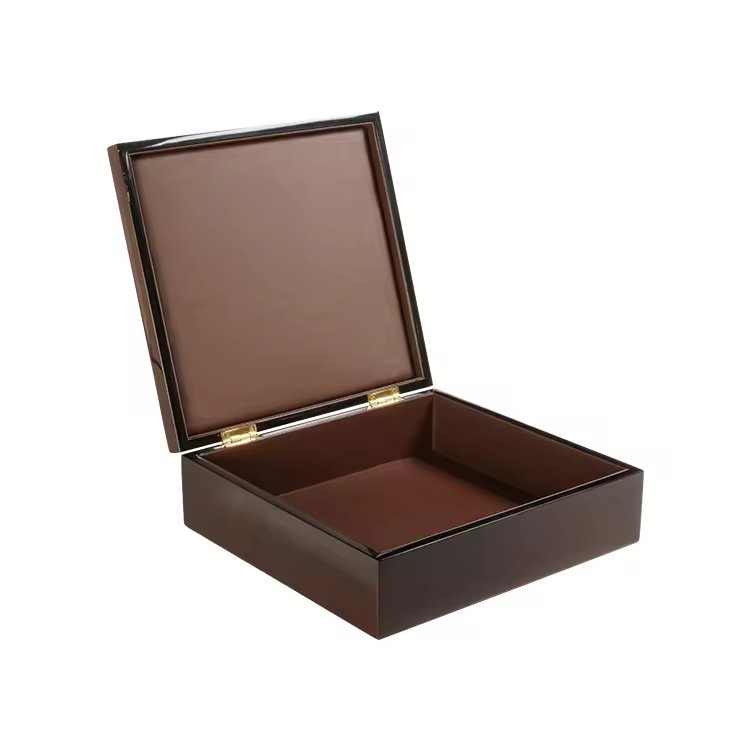
Luxury cigar box projects rarely follow a straight path. Small missteps at any stage can ripple into costly delays. Clients often underestimate where the risks lie.
The stages most likely to cause delays are design confirmation, material sourcing, production steps, sampling, accessories planning, and communication. Early warnings and checkpoints can prevent late surprises.
From my years in wooden box manufacturing, I have seen how delays accumulate. The solution is not to work faster, but to plan smarter with early signals.
Why is the design confirmation stage often the first source of schedule delays?
Clients sometimes rush into design approval, then change their minds later.
The design confirmation stage often delays delivery because misalignment here causes revisions that ripple into every following step.

Design includes structure, dimensions, and functional elements. If these are unclear, production cannot start. Even minor adjustments—like tray depth or hinge position—can force complete re-engineering.
Clients also focus more on visuals than function at this stage. They may approve an attractive rendering, only to realize later that capacity does not meet their needs. That leads to revisions, resampling, and lost time.
Common causes of design delays
- Unclear client priorities (aesthetic vs. function)
- Multiple decision-makers with conflicting feedback
- Late changes after sampling has begun
I remember one case where the client confirmed a structure in week two, then changed cigar sizes in week six. We lost four weeks in redesign. This is why careful confirmation early is essential.
Exotic choices sound impressive but often hide supply risks.
Material sourcing can delay projects because rare woods, special hardware, or custom fittings often face unpredictable lead times.

Exotic woods such as ebony or zebrawood may require import permits or longer transport. If a batch arrives with defects, replacement takes even longer. Custom hardware, such as gold-plated hinges or engraved locks, requires special suppliers. If they miss deadlines, the entire project pauses.
Even common materials can face delays during high season. Veneers, velvet linings, or magnets sometimes run out unexpectedly, creating bottlenecks.
Material risk points
| Material type | Risk factor | Exemple |
|---|---|---|
| Exotic woods | Import and supply delays | Ebony shipment stuck in customs |
| Custom hardware | Small-batch production | Gold-plated locks delayed |
| Linings | Quality consistency | Velvet shade mismatch |
I once had a shipment of custom brass hinges delayed at the plating stage. The entire production line had to stop for 10 days. From then on, I always build buffer time for hardware.
What production steps (carpentry, polishing, finishing) are most time-sensitive and error-prone?
Woodworking is craft and science. Some steps simply cannot be rushed.
Carpentry, polishing, and finishing are the most time-sensitive because errors here are costly and fixing them takes weeks.
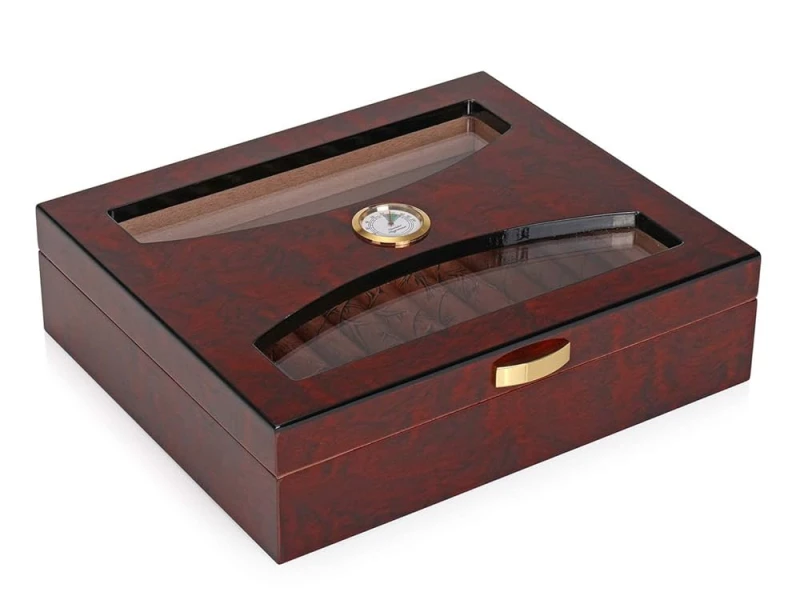
Carpentry defines the structure. If panels are cut slightly off, the lid may not align. Fixing requires complete rework, not small tweaks.
Polishing is extremely time-consuming. High-gloss lacquer requires multiple coats with drying time in between. Weather conditions also affect drying, and humidity can add unexpected days.
Finishing, especially piano lacquer, exaggerates defects. A small scratch may require sanding and recoating the entire surface. This is why last-minute rushes almost always create more delay.
Sensitive production steps
- Carpentry: requires precision, mistakes multiply later
- Polishing: drying time cannot be compressed
- Finishing: defects demand full redo
I once had a client push us to cut polishing time. The boxes looked fine at delivery, but cracks appeared weeks later. The rework cost months. That experience proved to me that shortcuts in these stages always backfire.
How does sampling and client feedback cycle easily extend the project calendar?
Sampling looks simple, but it rarely ends with one round.
Sampling and feedback extend timelines because clients often need multiple revisions to feel confident, especially in luxury packaging.
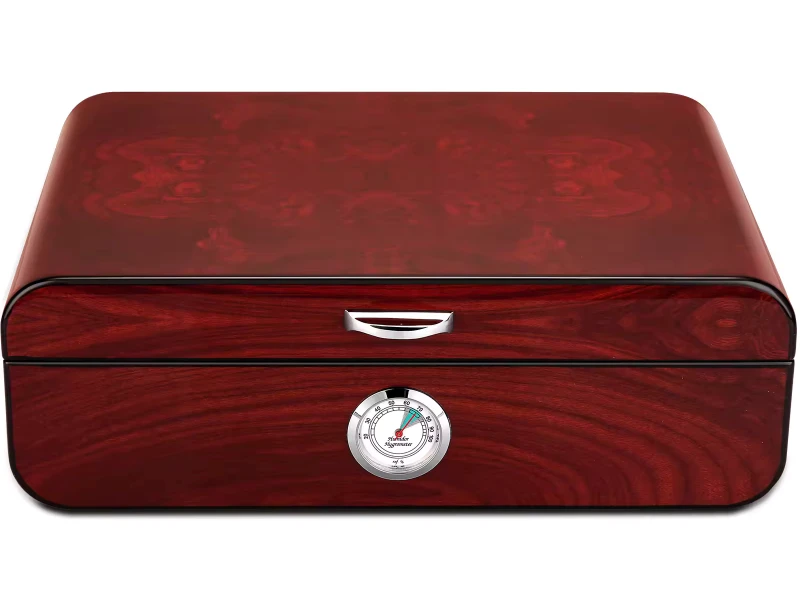
Even when the structure is correct, clients may request changes in finishing, logos, or hardware colors. Each change requires a new sample, which adds one to two weeks. Shipping samples internationally adds more time.
Clients also sometimes delay feedback. A box may sit on a desk for days before stakeholders review it. This idle time adds up quickly.
How sampling extends calendars
- Multiple rounds of revision requested
- International courier shipping delays
- Slow decision-making by client teams
For one jewelry client, we made four rounds of visual samples because they kept changing their logo color. What should have taken three weeks became three months. This is why we now set feedback deadlines in advance.
Why can packaging accessories (humidifiers, hygrometers, inner lining) disrupt delivery if not planned early?
Accessories are small but powerful in causing delays.
Accessories like humidifiers, hygrometers, or inner linings disrupt schedules if sourcing or fitting is not planned from the start.
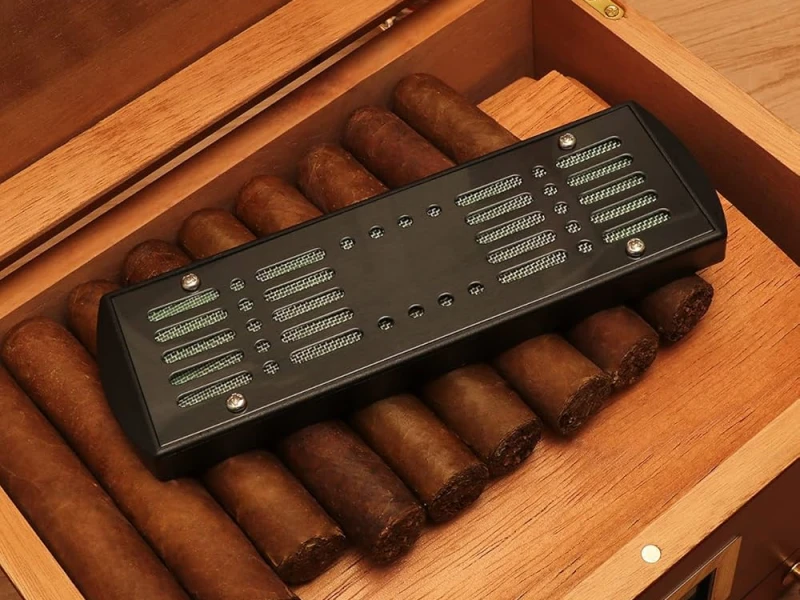
Humidifiers and hygrometers often come from third-party suppliers. If they arrive late, boxes remain incomplete. Worse, if dimensions do not fit the cavities, adjustments must be made to the structure.
Inner linings like suede, PU leather, or velvet also cause trouble. Colors may not match client expectations, and replacements add weeks. Adhesives must also be tested for compatibility with lining material, which adds time if not done early.
Accessory risks
- Size mismatch between hardware and cavities
- Color mismatch in lining materials
- Late arrival of third-party parts
I recall a cigar brand that insisted on custom hygrometers with their logo. The supplier delivered two weeks late, and we had 1,000 finished boxes waiting empty. Accessories may look small, but they can block entire shipments.
What communication and milestone checkpoints should be built in to flag risks before they cause delays?
Delays are rarely total surprises. They usually show small warning signs.
Milestone checkpoints and open communication can flag risks early, letting both supplier and client act before schedules collapse.
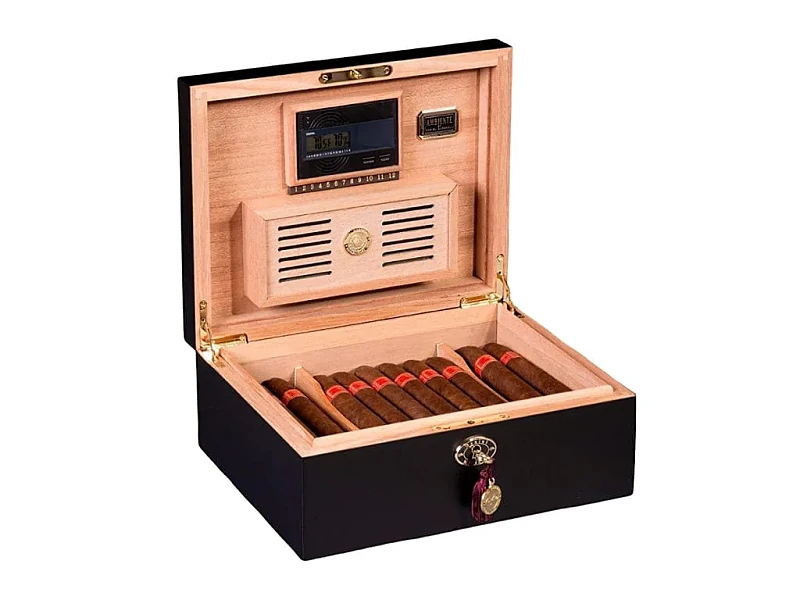
The best system divides the project into stages with clear approvals: design, structure sample, visual sample, material sourcing, and final production. At each checkpoint, the client must respond within an agreed timeline.
Communication must be proactive. Weekly updates with photos help flag slowdowns before they grow. If a supplier sees humidity slowing lacquer drying, the client should know immediately, not after weeks of silence.
Milestone system
| Stade | Client role | Supplier role |
|---|---|---|
| Design approval | Confirm drawings fast | Provide clear drawings |
| Structural sample | Test capacity, function | Deliver accurate prototype |
| Visual sample | Approve branding, color | Match brand standards |
| Material sourcing | Confirm exotic choices early | Order backups if needed |
| Production | Stay updated | Report risks weekly |
In my own work, I always insist on milestone-based contracts. Clients who agree to fast approvals help us deliver on time. Those who delay at checkpoints usually accept that schedules will move.
Conclusion
Delays in cigar box projects usually come from design, materials, production, sampling, accessories, and communication. With early warnings and milestone planning, most can be prevented.
Nom de marque : WoodoBox
Slogan : Boîtes en bois sur mesure, fabriquées à la perfection
Site web : www.woodobox.com
WhatsApp : +86 18359265311

